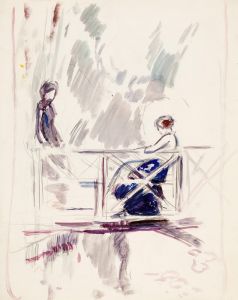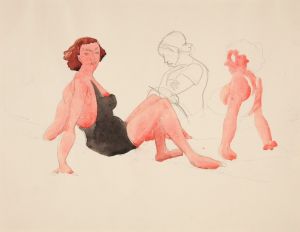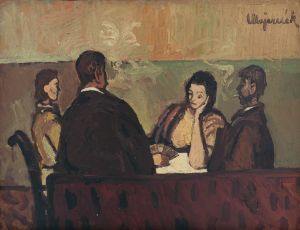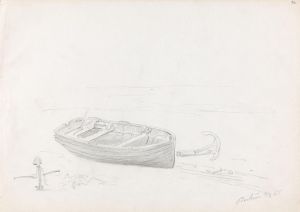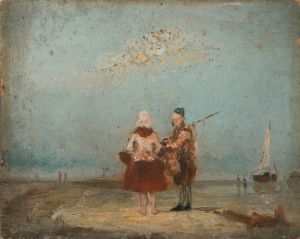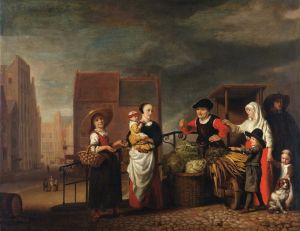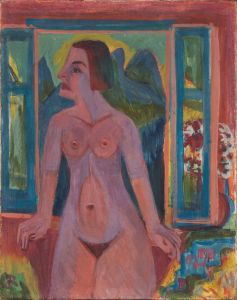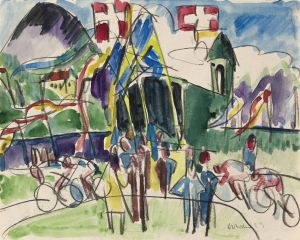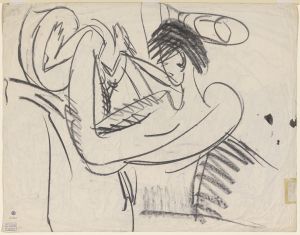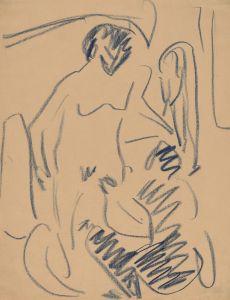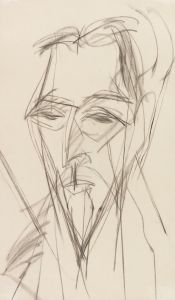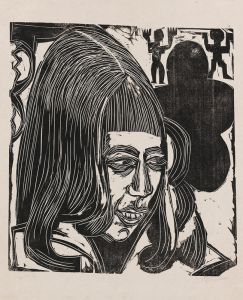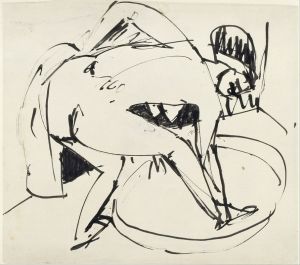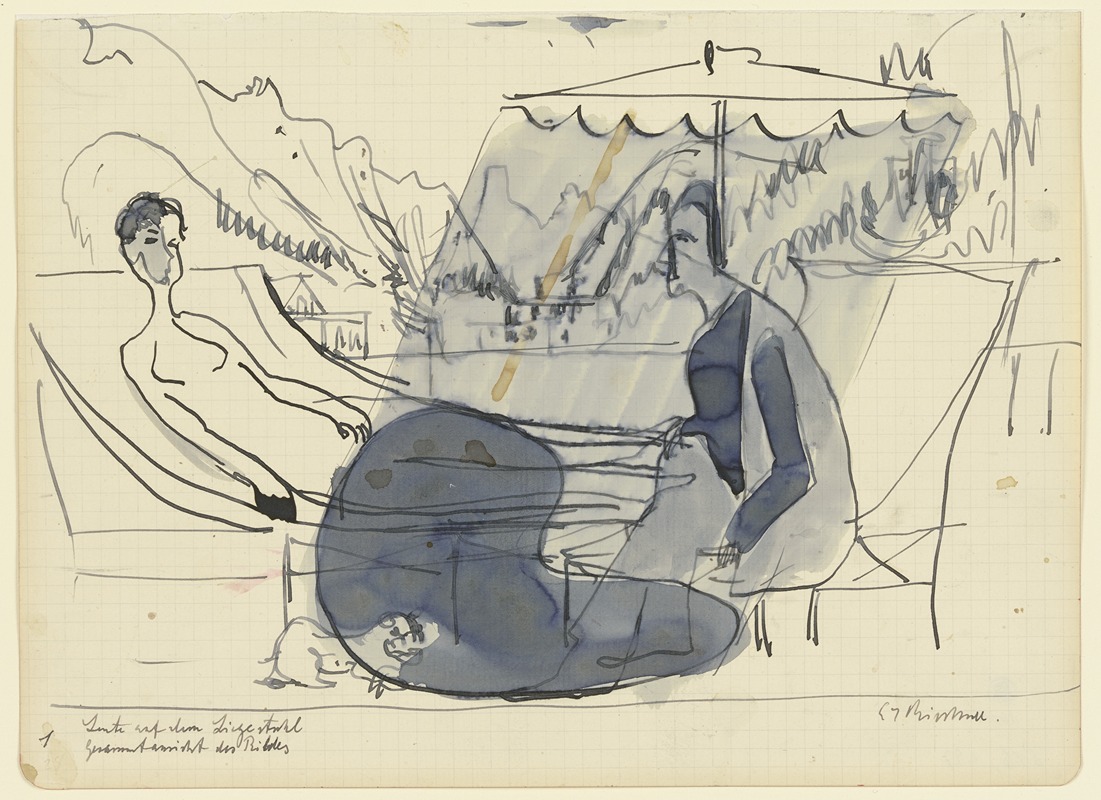
People on the deck chair
A hand-painted replica of Ernst Ludwig Kirchner’s masterpiece People on the deck chair, meticulously crafted by professional artists to capture the true essence of the original. Each piece is created with museum-quality canvas and rare mineral pigments, carefully painted by experienced artists with delicate brushstrokes and rich, layered colors to perfectly recreate the texture of the original artwork. Unlike machine-printed reproductions, this hand-painted version brings the painting to life, infused with the artist’s emotions and skill in every stroke. Whether for personal collection or home decoration, it instantly elevates the artistic atmosphere of any space.
Ernst Ludwig Kirchner was a prominent German expressionist painter and one of the founding members of the artist group Die Brücke (The Bridge), which played a pivotal role in the development of modern art in the early 20th century. Kirchner's work is characterized by its bold use of color, dynamic compositions, and an expressive style that sought to convey emotion and a sense of immediacy.
"People on the Deck Chair" is one of Kirchner's paintings that exemplifies his unique approach to capturing the human form and experience. Although specific details about this particular painting are limited, it is consistent with Kirchner's broader body of work, which often depicted scenes of leisure and social interaction, reflecting the cultural and social dynamics of his time.
Kirchner's art was heavily influenced by the rapid changes occurring in society during the early 1900s, including urbanization and the shifting roles of individuals within society. His works frequently explore themes of modernity, alienation, and the human condition, often set against the backdrop of bustling cityscapes or serene natural environments. The use of deck chairs in his paintings can be seen as a symbol of leisure and the burgeoning middle-class lifestyle, which was becoming more prevalent during this period.
In his compositions, Kirchner often employed a vivid color palette and exaggerated forms to evoke emotional responses from the viewer. His brushwork is typically energetic and loose, contributing to the dynamic quality of his paintings. This approach is evident in "People on the Deck Chair," where the figures are likely rendered with a sense of movement and immediacy, capturing a moment in time with both intensity and intimacy.
Kirchner's work was part of a broader movement within expressionism that sought to break away from traditional artistic conventions and explore new ways of representing reality. Die Brücke, the group he co-founded, was instrumental in this shift, advocating for an art that was more direct and emotionally charged. The group's members were inspired by a variety of sources, including non-Western art, the works of Vincent van Gogh and Edvard Munch, and the vibrant life of the cities they inhabited.
Throughout his career, Kirchner faced numerous challenges, including the impact of World War I and the subsequent political and social upheavals in Germany. Despite these difficulties, he continued to produce art that was both innovative and reflective of his personal experiences and the world around him. His contributions to the expressionist movement have left a lasting legacy, influencing countless artists and shaping the course of modern art.
In summary, while specific information about "People on the Deck Chair" is limited, it can be understood within the broader context of Kirchner's work and the expressionist movement. His paintings remain celebrated for their emotional depth, vibrant use of color, and ability to capture the complexities of modern life.





